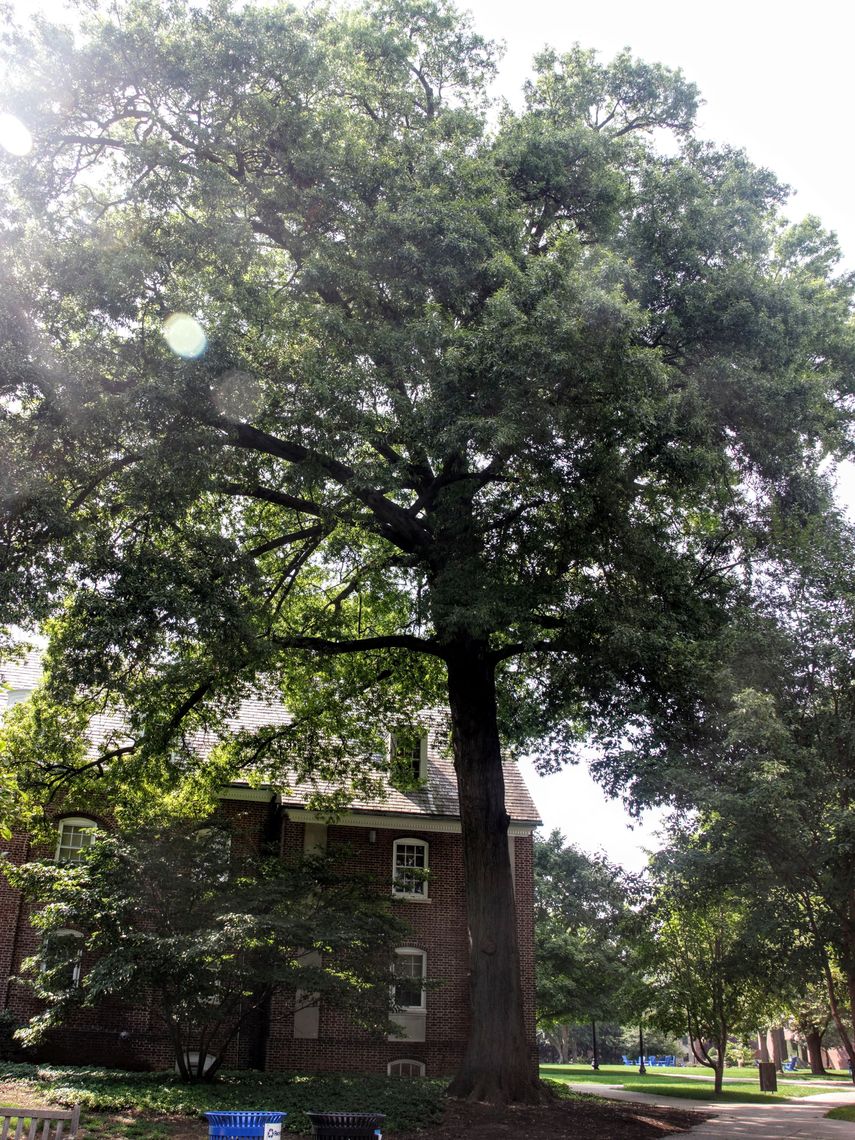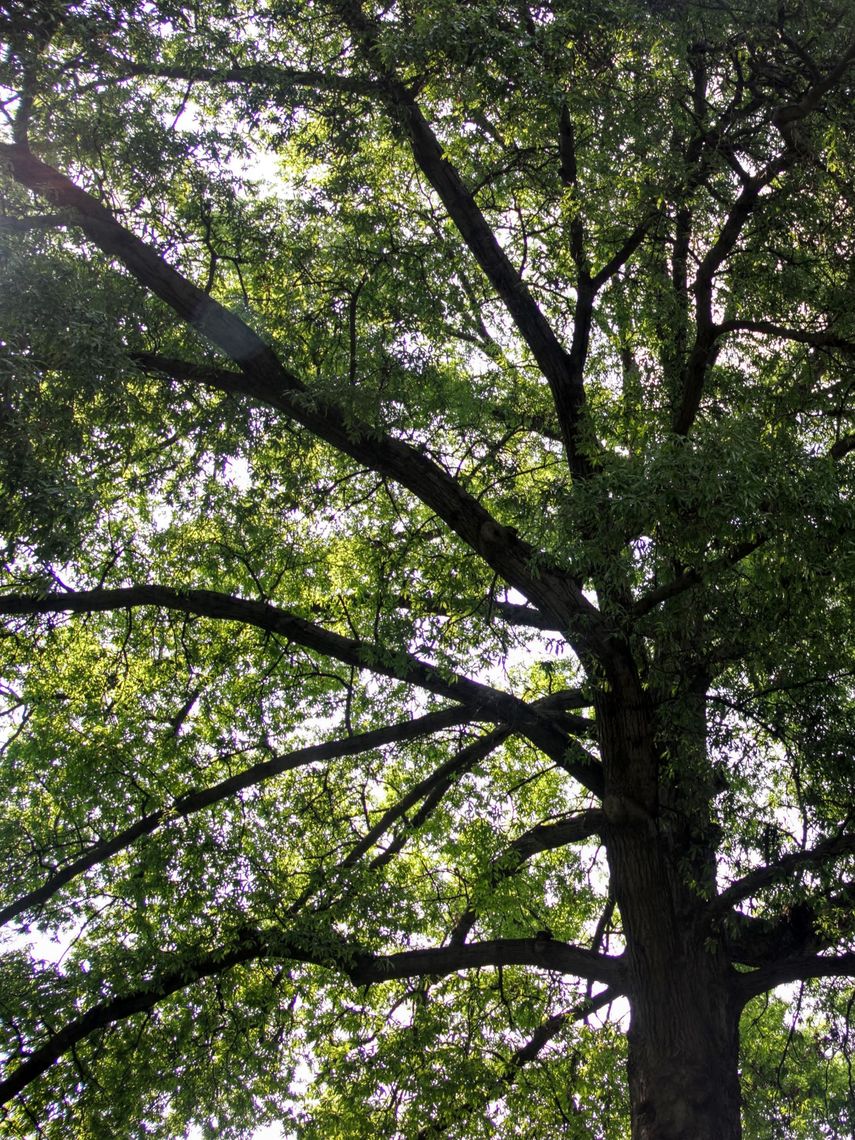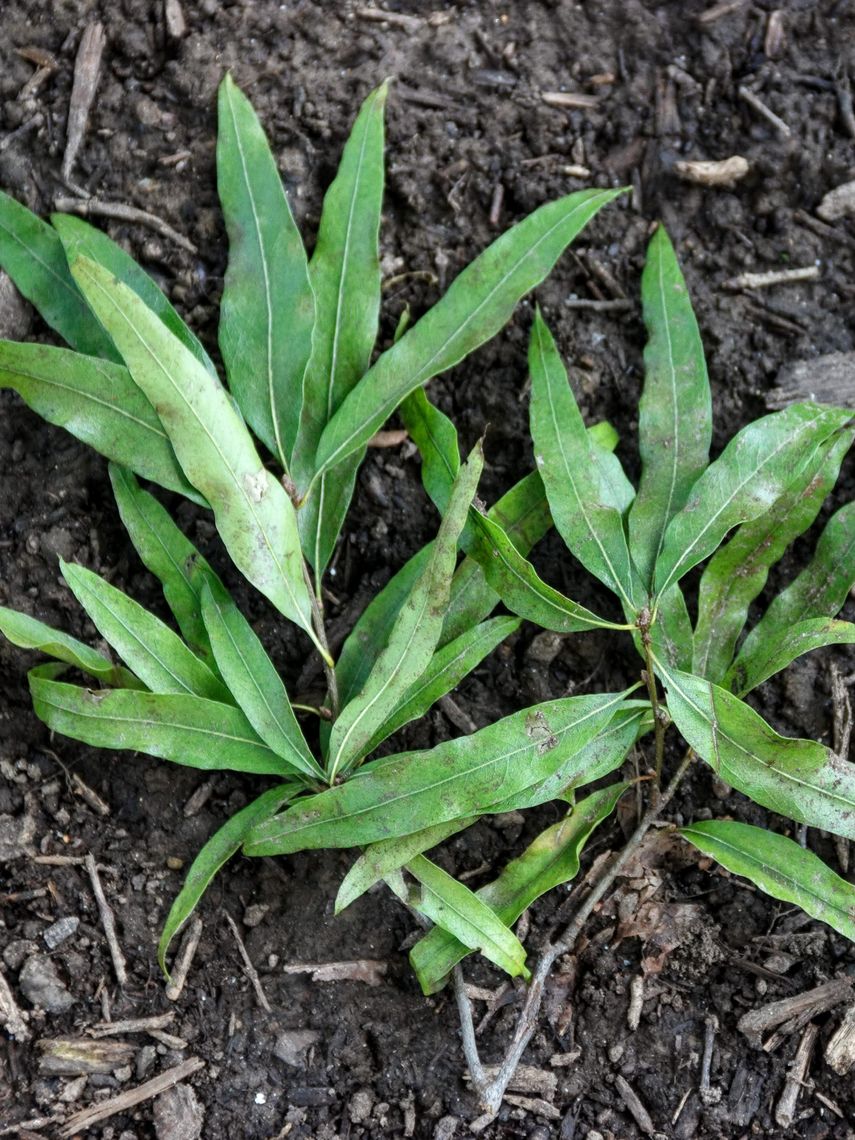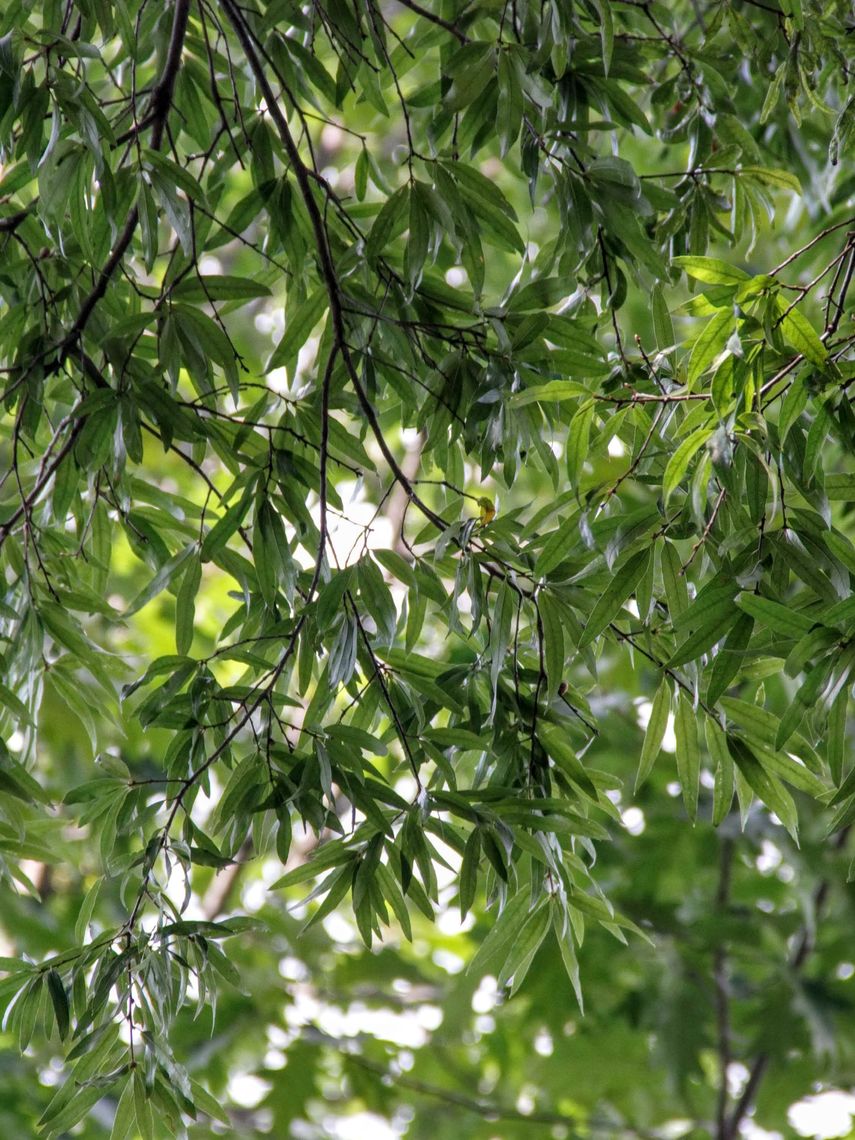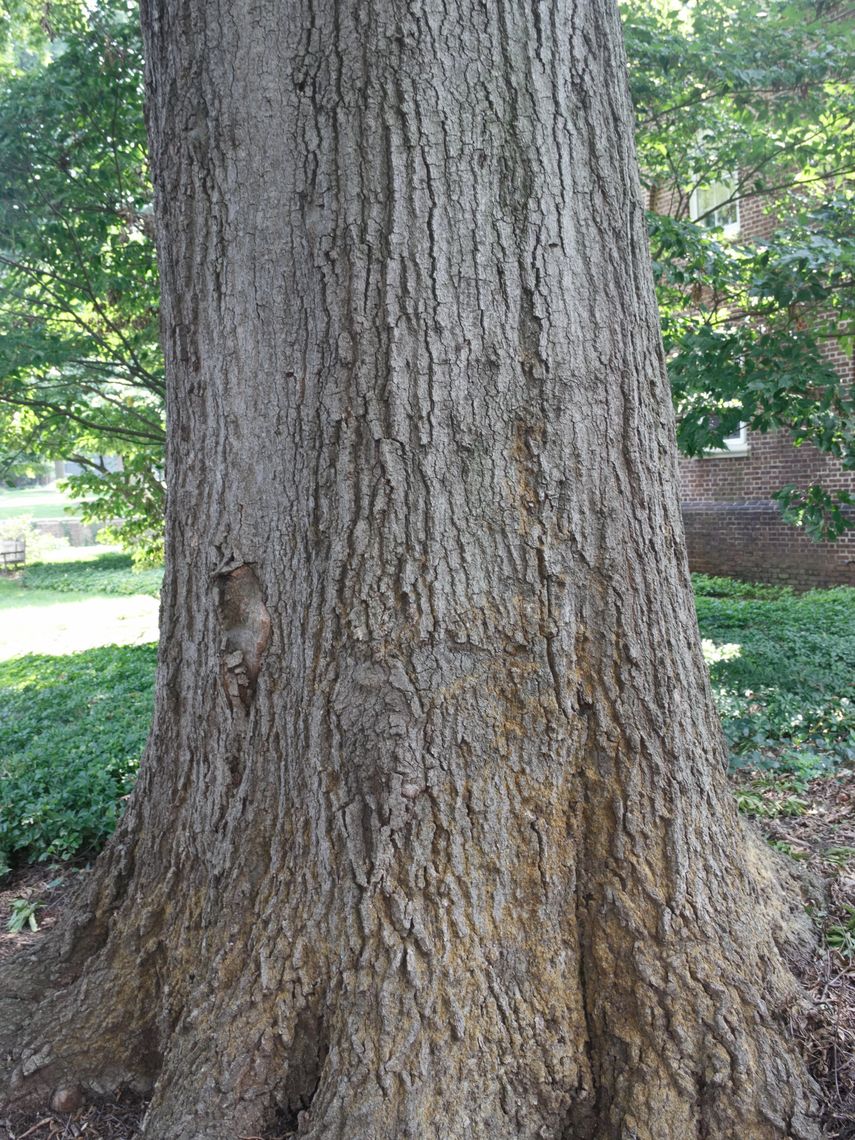Willow Oak (Quercus phellos)
The willow oak gets its common name from its willow-like leaves. These leaves are narrow and smooth with a bristle tip. The tree's acorns are very small and rounded and are an important food source to birds and mammals.
Family: Fagaceae (Beech)
Characteristics: The 2-inch to 5-inch-long leaves are narrow, smooth, bristle-tipped, and dark green. In the fall, leaves turn a brown-yellow and occasionally orange-yellow. This tree produces insignificant yellow-green flowers that appear as catkins. Acorns are rounded and a half-inch long or smaller. Bark is gray-brown and furrowed. This tree has an oval to rounded shape. It grows 40-60 feet high and 30-40 feet wide.
Foliage: Deciduous (leaves lost seasonally)
Geographic Origin: Southeastern United States (native)
Cultivation Notes: Requires low maintenance. Does best in full sun, though can tolerate part shade. Prefers medium moist to wet, and well-drained soils, though can tolerate a wide range of soil types and conditions. This tree is generally tolerant to air pollution.
Number on Campus: 6
Sources: Dirr, Morton Arboretum, Missouri Botanical Garden

